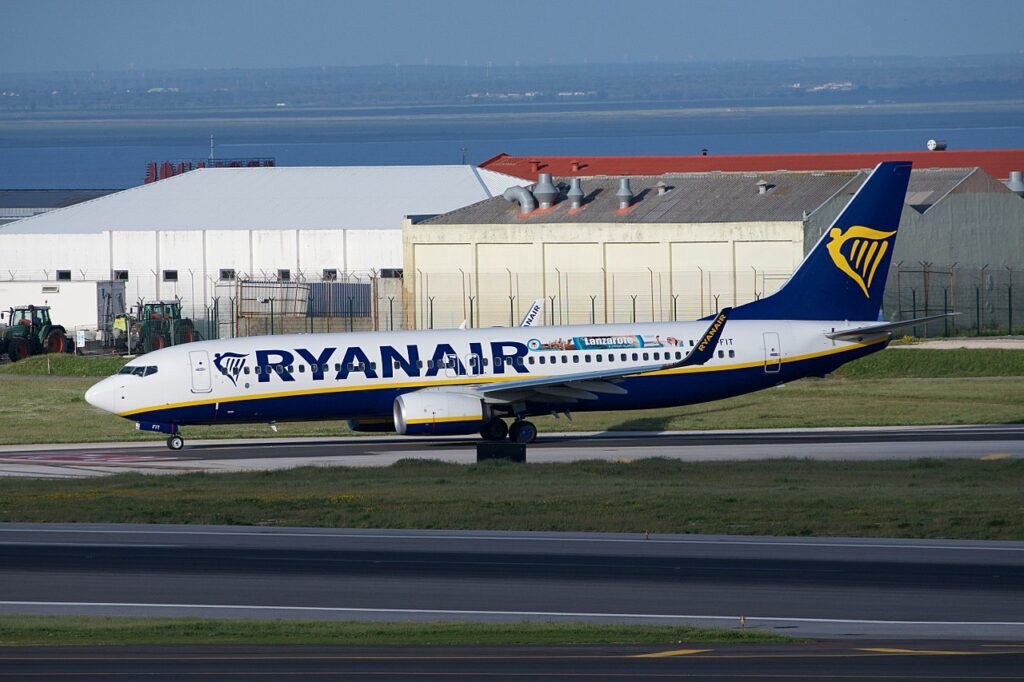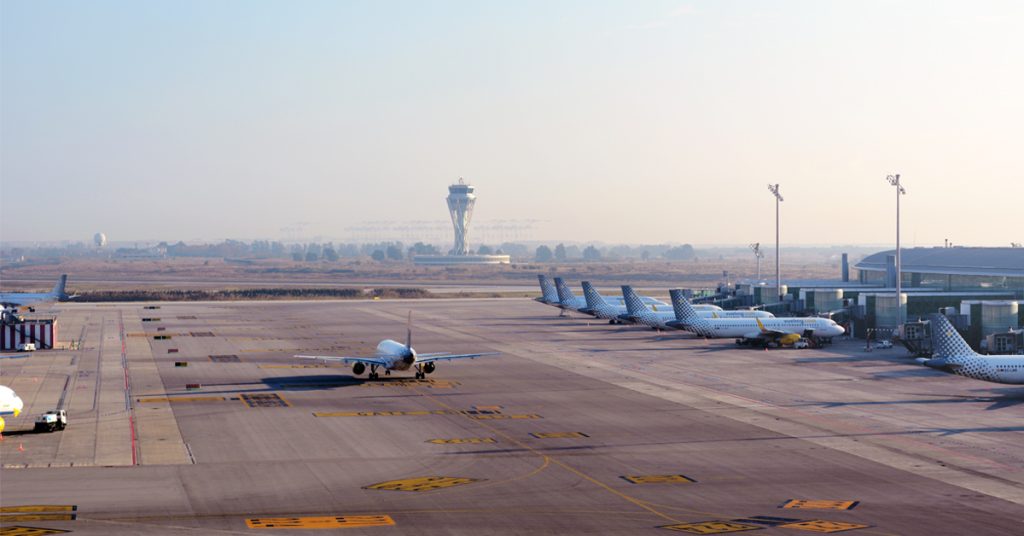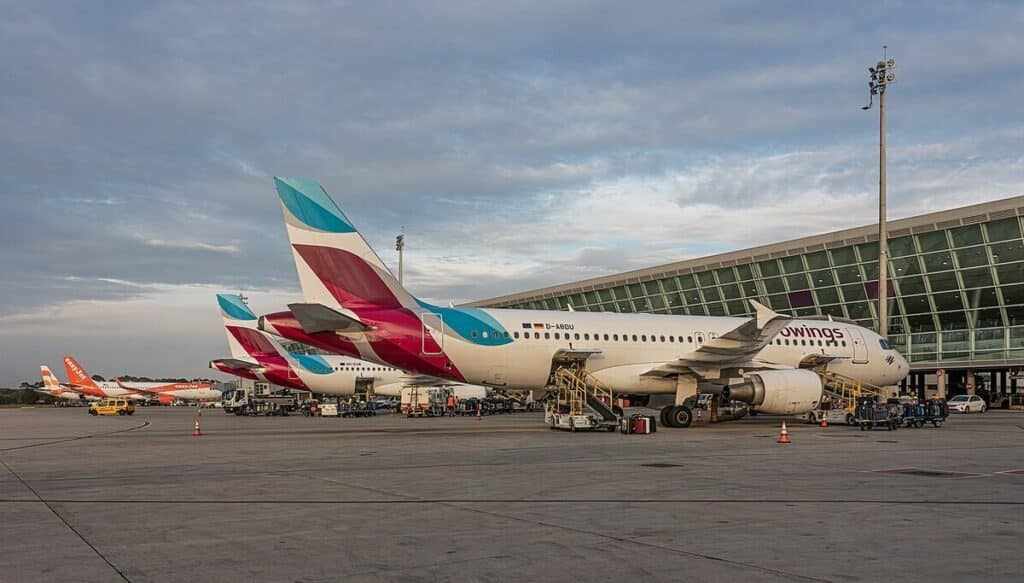Spain, known for its vibrant culture, stunning landscapes, and rich history, has long been a favored destination for travelers worldwide.
The Spanish Minister for Industry and Tourism, Jordi Hereu, recently underscored the remarkable growth of Spain’s tourism sector, particularly highlighting its status as one of the leading destinations in the global tourism market, even during traditionally slower months.
February’s Tourism Statistics
According to data released by Turespaña, February continued the positive trend witnessed at the beginning of the year, with a substantial increase in international air passengers.
This surge amounted to an 18.1% year-on-year growth, reaching a staggering 6.3 million passengers. Notably, a significant portion of these passengers, 57.3%, hailed from the European Union, marking a 19.1% increase.
The remaining 42.7% represented the rest of the world, with a growth rate of 16.8%.
Key Trends in February
February showcased several key trends that contributed to Spain’s tourism growth. Most prominently, there were notable increases in passengers departing to Spain from major sending countries, excluding Portugal, compared to the same period in 2023.
Remarkably high growth rates were observed in countries such as Poland (84.8%), Ireland (27.3%), Switzerland (24.2%), and Italy (21.4%).
Market diversification also played a significant role, with non-EU markets experiencing substantial growth, reaching close to 27% and a remarkable increase of 19.7% compared to the previous year.

Analysis of Major Markets
Several major markets contributed significantly to Spain’s tourism surge in February. The United Kingdom emerged as a key contributor, generating 19.9% of the total flow of arrivals, with 1.3 million international passengers.
The Canary Islands stood out as the primary destination, attracting 40.1% of UK passengers, with a significant portion opting for low-cost carriers.
Germany also demonstrated robust growth, with 806,357 arrivals in February, representing 12.7% of the total.
Similarly, Italy recorded substantial growth, accounting for 9.8% of passenger flow, with Catalonia and the Madrid Region benefiting particularly.
France and the Netherlands also played notable roles, contributing 7.5% and 5.1% of total passengers, respectively, with significant growth rates in February.

Autonomous Communities of Destination
Spain’s tourism growth was not uniform across all regions but concentrated in six main communities, which collectively received 97.6% of arrivals.
Notable increases were observed in Andalusia and the Valencian Community, with growth rates of 30.9% and 24.6%, respectively.
Airport Arrivals
Adolfo Suárez Madrid-Barajas airport led in February’s arrivals, followed by Barcelona and Malaga. Malaga airport witnessed the highest year-on-year increase, with a notable surge of 31.8%, reflecting the overall growth trend for Spain’s tourism industry.

Spain and UK Tourism
Spain remains a very popular tourist destination for Britons. In fact, it is consistently ranked as the most visited holiday destination for people from the UK. There are a number of reasons for this enduring popularity:
- Relative proximity: Spain is a short flight from the UK, making it an easy and affordable destination to get to.
- Great weather: Spain has a long coastline with beautiful beaches, as well as plenty of sunshine. This makes it a great place to relax and soak up the sun.
- Rich culture: Spain has a rich and fascinating culture, with plenty of historical sights and cities to explore.
- Affordability: Spain is a relatively affordable destination for British tourists, especially compared to other European countries.

Some of the most popular tourist destinations in Spain for Britons:
The Canary Islands: The Canary Islands are a group of Spanish islands off the coast of Africa. They are a popular destination for all-inclusive holidays, with plenty of beaches, sunshine, and nightlife.
The Balearic Islands: The Balearic Islands are another group of Spanish islands, located in the Mediterranean Sea. They are also a popular destination for beach holidays, with Ibiza being particularly well-known for its nightlife.
Costa del Sol: The Costa del Sol is a region of southern Spain that is popular for its beaches, golf courses, and nightlife.
Catalonia: Catalonia is a region of northeastern Spain that is home to the city of Barcelona. Barcelona is a popular tourist destination for its beaches, architecture, and culture.
Andalusia: Andalusia is a region of southern Spain that is home to the cities of Seville, Granada, and Málaga. Andalusia is popular for its flamenco dancing, tapas bars, and historical sights.
Conclusion
Overall, Spain’s tourism industry continues to flourish, defying traditional seasonal trends and attracting a diverse range of international visitors.
The remarkable growth observed in February underscores Spain’s appeal as a premier global destination, driven by factors such as quality infrastructure, modern amenities, and diverse cultural offerings.

Click the banner to subscribe to our weekly newsleter.

Click the photo to join our WhatsApp channel so then you can stay up to date with everything going on in the aviation industry!









